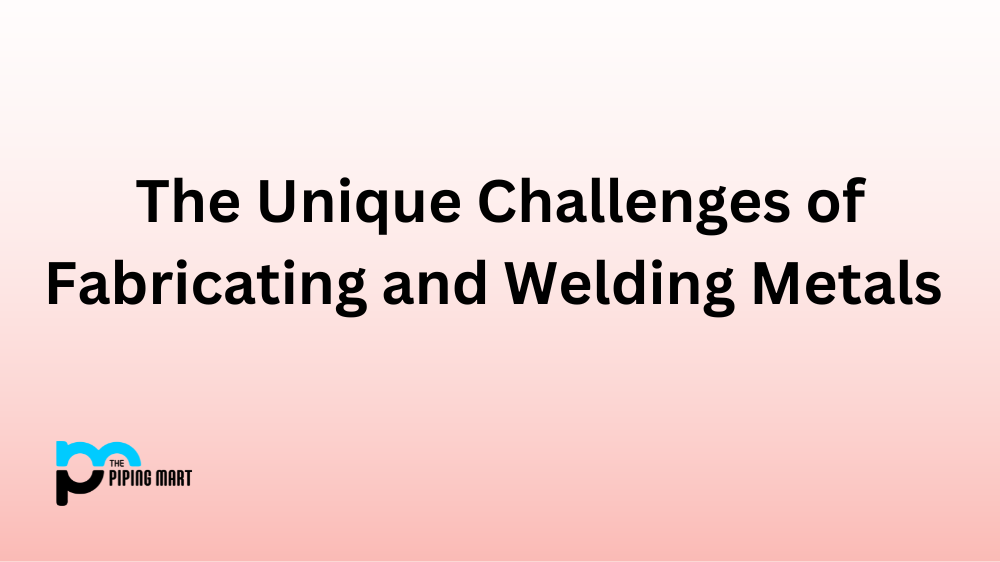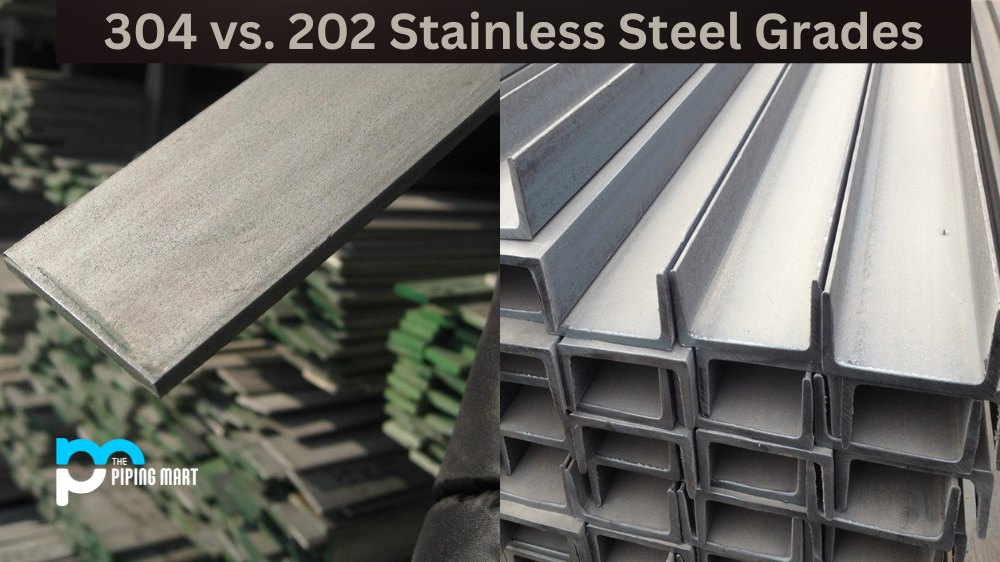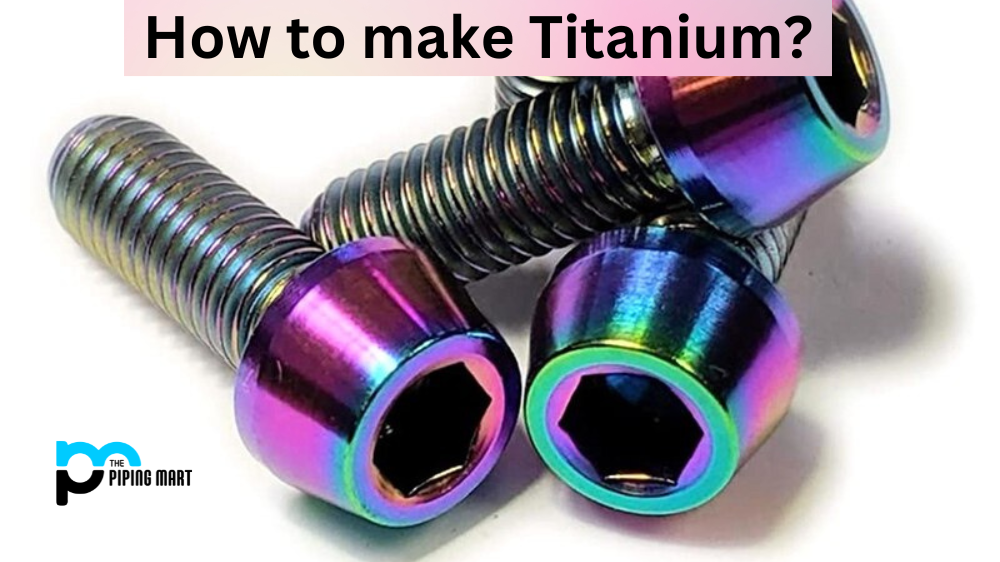Fabrication and welding of metallic parts can be a difficult task due to the various properties of metals and their specific requirements for welding. These challenges are further compounded by the complexity of the fabrication process itself. In this blog, we will take a look at some of the unique challenges associated with fabricating and welding metal parts.
The first challenge is achieving precise tolerances in the welds. When fabricating metal parts, it is important to ensure that all components are precisely machined to fit together perfectly. If there are any discrepancies in the dimensions or fit between the two pieces, the weld may not be strong enough to hold them together securely. It is also important to make sure that all surfaces are properly prepared before welding, as any imperfections can lead to poor weld quality or even cause problems during fabrication.
A second challenge is ensuring that welds meet safety standards. Welding involves high temperatures and pressures, so proper safety protocols must always be followed when welding metal parts. It is important to use quality materials and equipment that meet industry standards for strength and durability, as well as appropriate protective gear such as face shields, gloves, aprons, etc. Failure to follow proper safety procedures could result in hazardous conditions, which could have serious consequences for both workers and customers alike.
Finally, heat distortion can often pose a problem when welding metals together. The heat from the welding process causes changes in physical properties such as hardness or ductility, which can affect part performance or lead to catastrophic failure if not addressed properly. To mitigate this issue, it is important to control heat input during welding by using techniques such as preheating or using low heat settings on your welder’s output control panel. Choosing an appropriate filler material for your application can also help reduce distortion caused by thermal expansion and contraction resulting from heating during welding processes.
Conclusion:
Fabrication and welding of metallic parts present many unique challenges due to their complex properties and fabrication processes involved in production. Proper preparation prior to fabrication is key in order to ensure precise tolerances in welds while also meeting safety standards throughout the entire process. Furthermore, controlling heat input during welding helps minimize distortion caused by thermal expansion, while selecting an appropriate filler material helps reduce distortion caused by thermal contraction after cooling down from the heat applied during fabrication/welding operations. With these considerations taken into account, one should have a successful experience with fabricating/welding metallic parts!
Meet Heer, a dynamic and driven writer learning tricks of her trade in the metal industry. With a background in Digital Marketing, Heer brings a unique perspective to her writing, sharing valuable insights. Apart from blogging she like reading and hiking.




